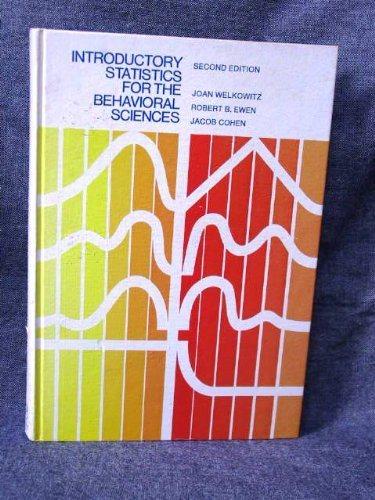Aircard Corporation tracks the number of units purchased and sold throughout each accounting period but applies its inventory costing method at the end of each period as if it uses a periodic inventory system. The following are the transactions for the month of July. Units Unit Cost July 1 Beginning Inventory 2,500 $30 July 5 Sold 1,500 July 13 Purchased 6,500 34 July 17 Sold 3,500 July 25 Purchased 8,580 36 July 27 Sold 5,500 Calculate the cost of goods available for sale, ending inventory, and cost of goods sold if Aircard uses (a) FIFO, (b) LIFO, or (c) weighted average cost. (Round "Cost per Unit" to 2 decimal places.) FIFO LIFO Weighted Average Cost Cost of Goods Available for Sale Ending Inventory Cost of Goods Sold The Jewel Fool had the following inventory items on hand at the end of the year. Quantity Necklaces Cost per Iten Value per Iten $72 5 67 Bracelets 37 57 20 70 Determine the lower of cost or marketet realizable value per unit and the total amount that should be reported on the balance sheet for each item of inventory Lower of Cost or Market per Unit Total Amount Reported Necklaces Bracelets Total $ 0 Required information In its first month of operations, Literacy for the Illiterate opened a new bookstore and bought merchandise in the following order: (1) 200 units at $5 on January 1 (2) 300 units at $9 on January 8, and (3) 810 units at $10 on January 29. Assuming 910 units are on hand at the end of the month. Calculate the cost of goods available for sale, cost of goods sold, and ending inventory under the FIFO. Assume perpetual inventory system and sold 400 units between January 9 and January 28. (Round your intermediate calculations to 2 decimal places.) FIFO Goods Available for Sale Cost of Goods Sold Ending Inventory ! Required information In its first month of operations, Literacy for the literate opened a new bookstore and bought merchandise in the following order: (1) 200 units at $5 on January 1, (2) 300 units at $9 on January 8, and (3) 810 units at $10 on January 29. Assuming 910 units are on hand at the end of the month. Calculate the cost of goods available for sale, cost of goods sold, and ending inventory under the LIFO. Assume perpetual inventory system and sold 400 units between January 9 and January 28. (Round your intermediate calculations to 2 decimal places.) LIFO Goods Available for Sale Cost of Goods Sold Ending Inventory Required information In its first month of operations, Literacy for the Illiterate opened a new bookstore and bought merchandise in the following order: (1) 200 units at $5 on January 1 (2) 300 units at $9 on January 8, and (3) 810 units at $10 on January 29. Assuming 910 units are on hand at the end of the month. Calculate the cost of goods available for sale, cost of goods sold, and ending inventory under the weighted average cost flow assumptions. Assume perpetual inventory system and sold 400 units between January 9 and January 28. (Round your intermediate calculations to 2 decimal places.) Weighted Average Cost Goods Available for Sale Cost of Goods Sold Ending Inventory Gladstone Company tracks the number of units purchased and sold throughout each accounting period but applies its inventory costing method at the end of each period, as if it uses a periodic inventory system. Assume its accounting records provided the following information at the end of the annual accounting period, December 31. Unit Transactions Units Cost Beginning inventory, January 1 1,800 $50 Transactions during the year: a. Purchase, January 30 2,500 62 b. Sale, March 14 ($100 each) (1,450) C. Purchase, May 1 1,200 80 d. Sale, August 31 ($100 each) (1,900) Assuming that for Specific identification method (item 1d) the March 14 sale was selected two-fifths from the beginning inventory and three-fifths from the purchase of January 30. Assume that the sale of August 31 was selected from the remainder of the beginning inventory, with the balance from the purchase of May 1. Required: 1. Compute the amount of goods available for sale, ending inventory, and cost of goods sold at December 31 under each of the following inventory costing methods: Amount of Goods Available for Sale Ending Inventory Cost of Goods Sold a. Last-in, first-out b. Weighted average cost C. First-in, first-out d. Specific identification












